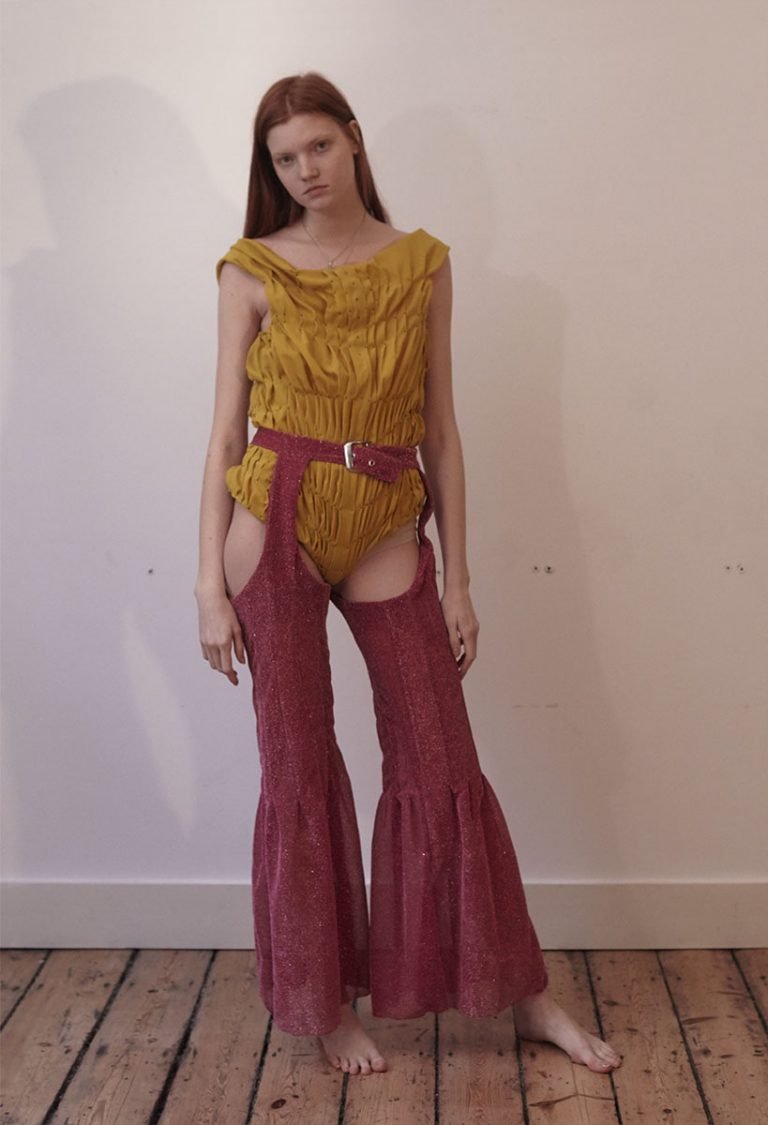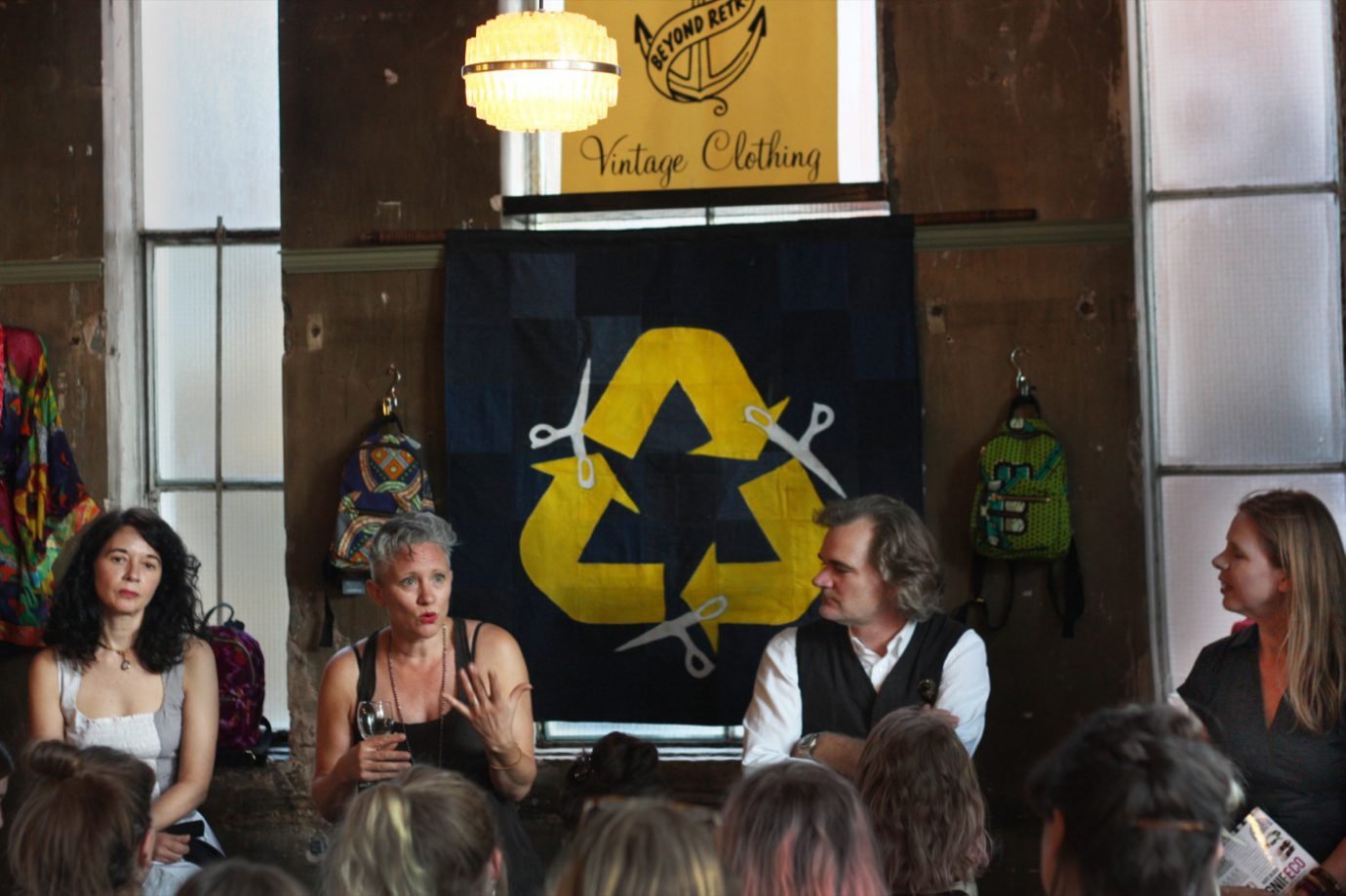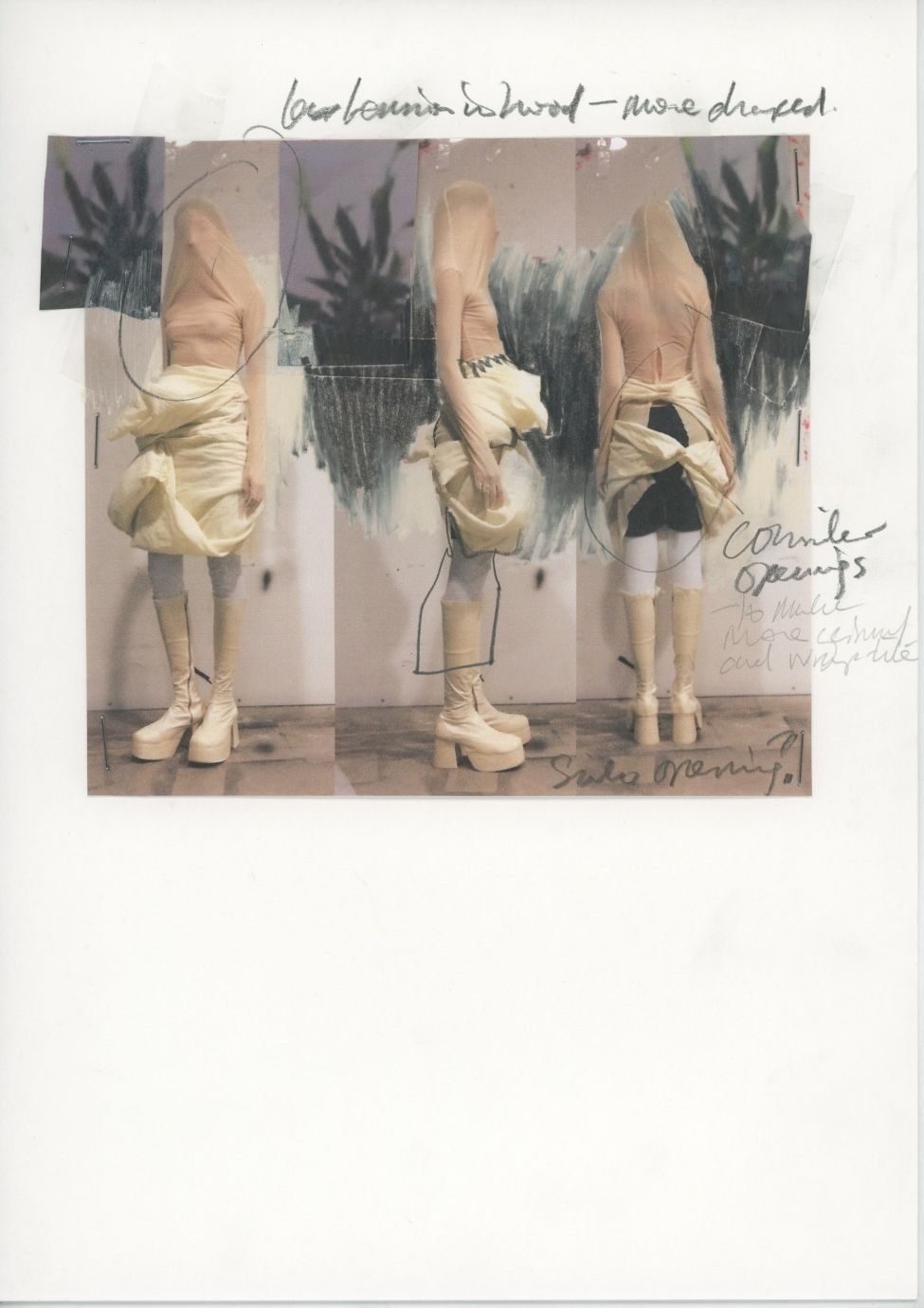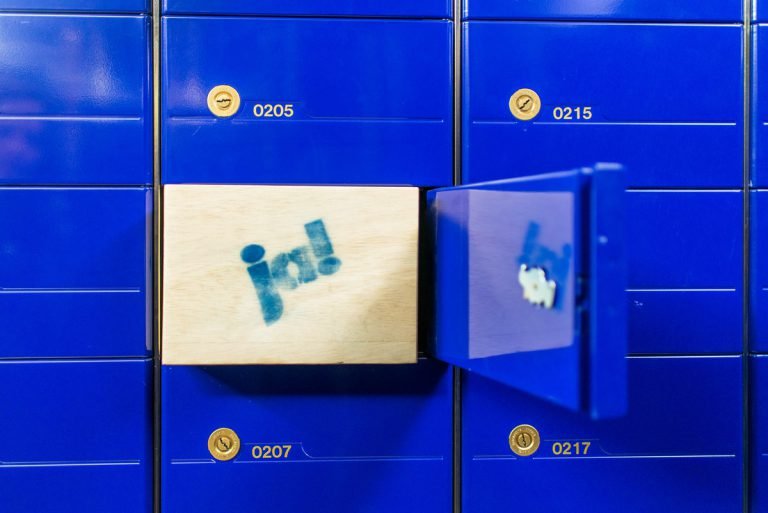Canadian artist Colette Stubbings has been dedicating her Instagram to share the armour-like gloves she creates with real flower petals and leaves.
Where did your enthusiasm for flowers spring from, and how did you first start making armour-like handpieces with them?
Growing up in Vancouver, Canada, I’ve always preferred spending my time outside and developed an affinity for insects and flowers since I was small. Flowers have a high emotional impact and are natural mood elevators, they come in so many unique colours and forms that lend themselves to making natural, beautifully delicate art pieces. And so, in the summer of 2017, I was in my dad’s garden and the petals from some of his roses had fallen. I was collecting them and started to wrap them around the tips of my fingers, for whatever reason. I liked how it felt and covering my whole hand just seemed like a natural progression. I’ve been focusing on handpieces simply because they are the easiest and most comfortable body part to work with, technically speaking. That said, I would like to experiment with other body parts in the future.
“When I first started working with plants, I was struggling with my art practice and hadn’t made much work in a very long time.” – Colette Stubbings
Where do you source your flowers from, and what’s your creative process like?
Well, I use flowers from many different sources. In seasons where I’ve been unable to collect my own petals, I’ve picked apart bouquets that were gifted to me and cut flowers from supermarkets or flower shops as well. Sometimes florists or photographers will donate scraps and leftovers from their photoshoot sets to me. My creative process usually involves separating and organising each flower part, then binding a design as I go. Once I lay out all the colours I’m working with, then I figure out the pattern. I wrap each petal to my arm or hand with thread and secure knots to hold rows into place. As for the detailing, such as the pom poms, the frills, etc., it’s usually dependent on a character that will come to mind after having already secured the base pattern.
“Working so closely with plants has really prompted me to see details of our natural world in a very different light.” – Colette Stubbings
Where do you see your place in the art scene? What kind of message do you want to convey with your work? As for my place in the arts, it isn’t something I think too hard about. When I first started working with plants, I was struggling with my art practice and hadn’t made much work in a very long time. Creating these gloves, for me, was a personal and therapeutic process, and I viewed it as being very separate from any other traditional art practices I was ever involved in. Over the last few years, the activity has developed into an artistic exploration, but in many ways, it’s still so new to me. I’m mostly happy that technology has made these pieces accessible to so many people and not so concerned with where I fit into any scene. Working so closely with plants has really prompted me to see details of our natural world in a very different light. Quite literally, in fact. Until I went out at night and filmed while it was raining, I was unaware of just how magical and scintillating everything looks and feels when you take a flash photo in the dark. And so I would be more than happy if viewing a photo or watching a video of mine sparked an interest in someone to go outside and reconnect with or look closer at the natural elements of their own environment.































































